Featured
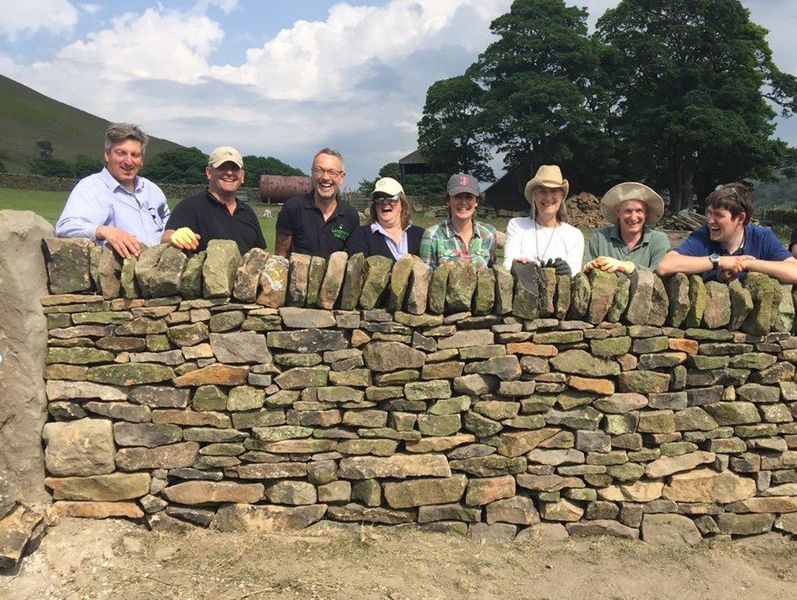

Premium experience package dry stone walling for beginners
2 days
Next date: 20th Jun 2026
10 places left


Dry Stone Walling Taster weekend (2 days) - Gwrhyd, Pontardawe
2 days
Next date: 6th Jun 2026
12 places left


Two day dry stone walling course at Pensychnant, near Conwy North Wales
2 days
Next date: 5th Sep 2026
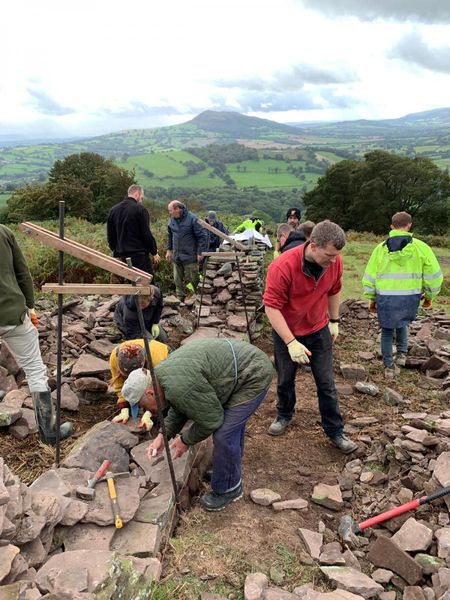

Dry Stone Walling Taster weekend (2 days) - Abergavenny
2 days
Next date: 9th May 2026
11 places left


Dry Stone Walling Taster weekend (2 days) - Spring - Vale of Glamorgan
2 days
Next date: 21st Mar 2026
11 places left


Dry Stone Walling Taster weekend (2 days) - Autumn- Vale of Glamorgan
8 hours
Next date: 10th Oct 2026
12 places left
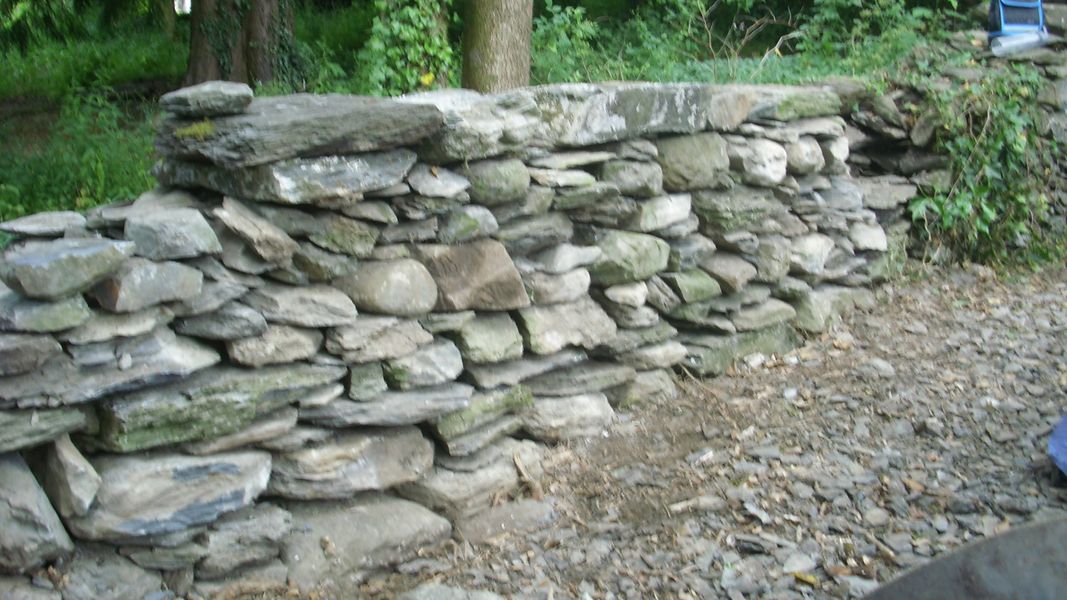

Two day dry stone walling course at Rhyd y Creuau Field Studies Centre, near Betws y Coed in North WalesTaster
2 days
Next date: 11th Jul 2026


Dry stone walling course at Rhyd y Creuau Field Studies Centre near Betws y Coed
2 days
Next date: 22nd Aug 2026


Two day dry stone walling course at Rhyd y Creuau Field Studies Centre near Betws y Coed, North Wales
2 days
Next date: 25th Apr 2026
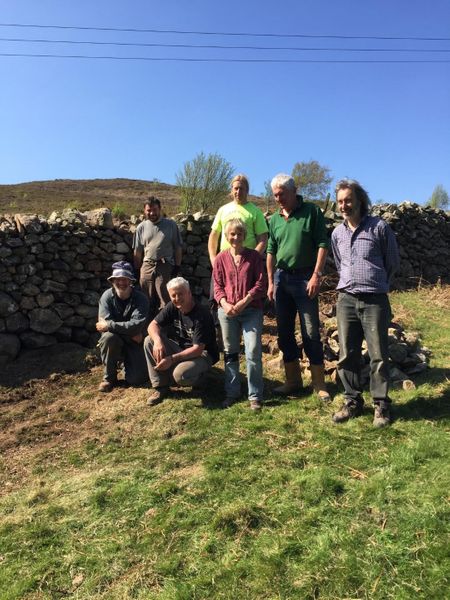

Two day dry stone walling course at Pensychnant near Conwy, North Wales
2 days
Next date: 20th Jun 2026
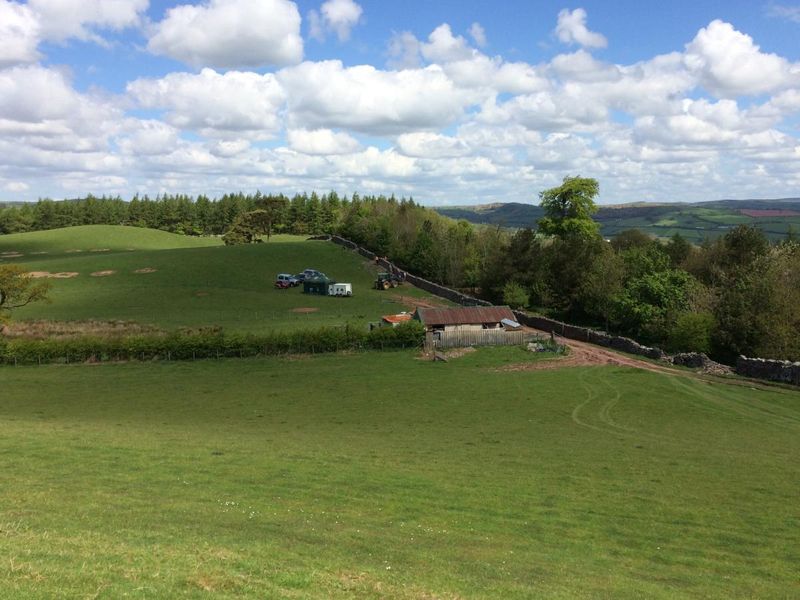

Dry Stone Walling Taster weekend (2 days) - Autumn - Bannau Brycheiniog
8 hours
Next date: 5th Sep 2026
12 places left


Two day dry stone walling course at Pensychnant near Conwy North Wales.
2 days
Next date: 18th Apr 2026
Loading...